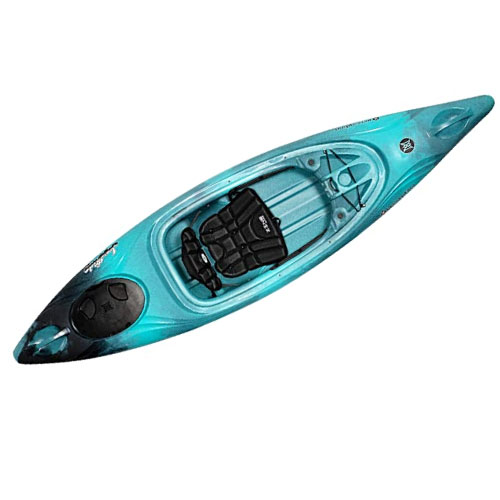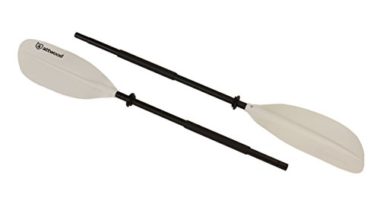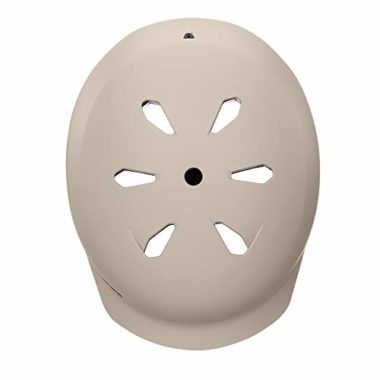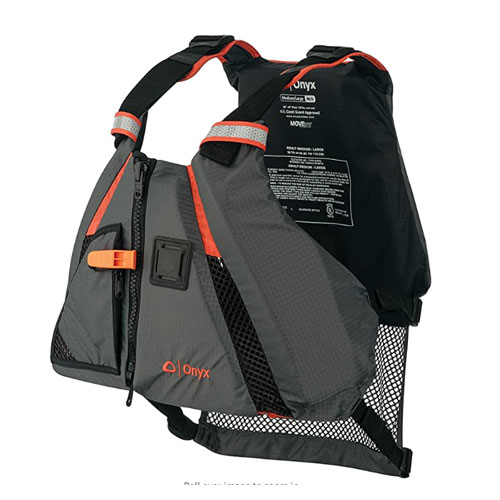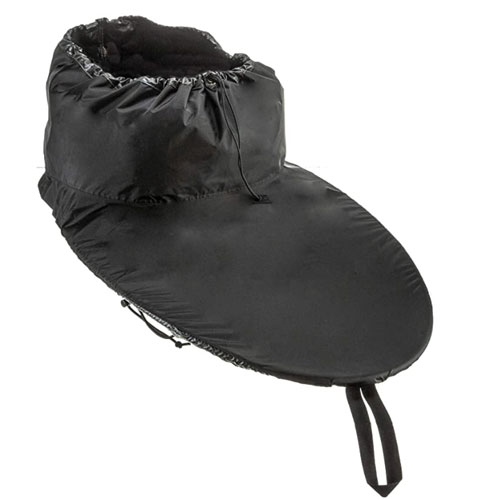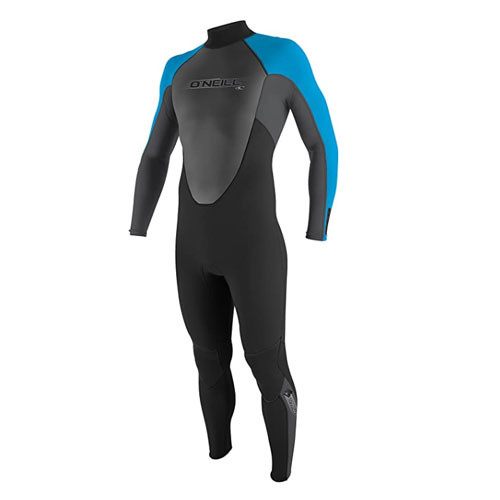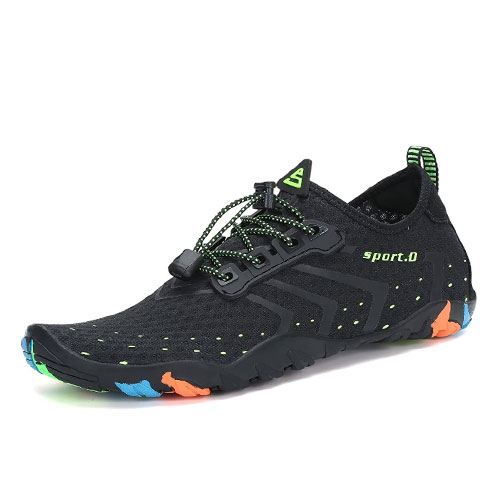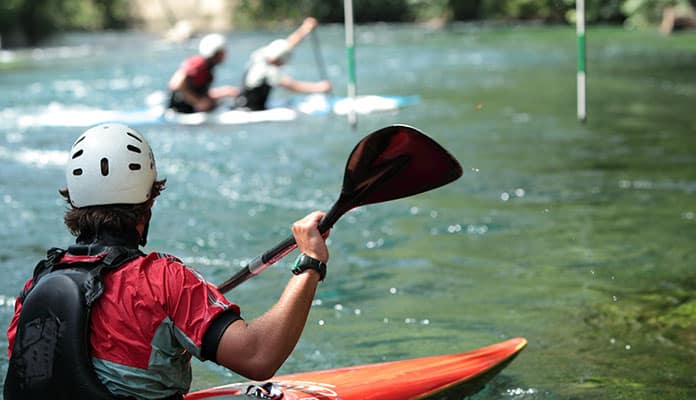
Most of us look at fast, ranging waters and see the danger. But whitewater kayakers look at the same and see tons of fun and excitement. They will venture into paddling missions that most of us would describe as pretty nuts and suicidal, but this challenge of battling the immense force of nature is what makes the sport exciting and keeps this fearless breed of kayakers coming back for more.
If you are mesmerized by these bold thrill-seekers and would like to try whitewater kayaking, here is a comprehensive guide to getting you started, including advice on choosing your first whitewater kayaking gear. Let’s dive in!
7 Foolproof White Water Kayaking Tips For First-timers
Whitewater kayaking is a relatively dangerous sport. But with the right preparation and equipment, this activity can be pretty safe and enjoyed by kayakers of all experience levels. The following tips will help you prepare adequately and have a safe and memorable first time.
1. Take Whitewater Kayaking Lessons
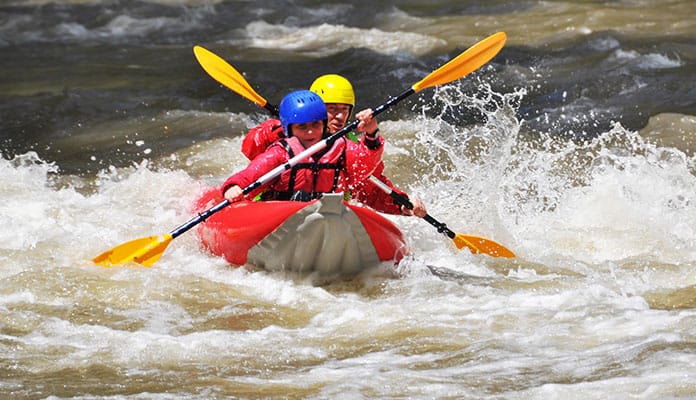
If you’ve never gone kayaking before, then please spare some time to take whitewater kayaking lessons. Here, you’ll learn both basic and advanced paddling skills, the features to look for in white water kayaking gear, and get acquitted with kayaking safety practices, all of which will ensure you survive those whitewater rapids.
Speaking of safety, you’ll need to be aware of the potential dangers that you may face when kayaking in turbulent waters. Some of these include “sweepers” (overhanging tree branches that can smash against your head), “strainers” (downed trees and branches that can trap you underwater), eddies, and whirlpools, and many others. Hypothermia, drowning, or crashing against large rocks in the middle of the river is also possible.
But don’t worry, that’s why you’re taking classes. They’ll teach you how to spot these dangers ahead of time and perform proper kayak paddling techniques to get over the obstacles.
2. Buy A White Water Kayak
When venturing into whitewater kayaking, you need a vessel that is made for turbulent waters. Whitewater kayaks are different from other types of kayaks like recreational kayaks or touring kayaks; they are sturdier and better suited for the job. There are three types of white water kayaks you can choose from:
Creek Boats
Creek boats are generally a good choice for beginner whitewater kayakers. A typical creek boat is long (about eight to nine feet) which allows for good tracking. It has a rounded bow and stern as well. The rocker is more extreme (compared to other white water kayaks), which makes the boat easier to turn.
Play Boats
Play boats are usually shorter and have narrower bow and stern. This makes them better at moving back and forth on the water. Kayakers like play boats because they ride smoothly, are easy to maneuver, and perfect for ‘playing’ (surfing and performing tricks on stationary river features).
Downriver Boats
Also known as crossover whitewater kayaks, downriver boats are fairly long compared to the other types of yaks mentioned above. They are generally designed for optimal comfort and control while cruising down the river.
However, they do have features that make it possible for kayakers to do some basic ‘plays’. Also, some downriver boats have touring kayak features (like storage hatch). These types of kayaks are also great for beginners since they track well on the water and are stable.
3. Get The Right Paddle
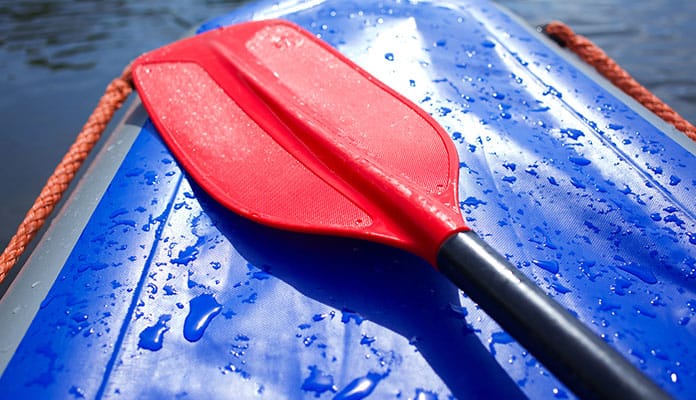
Another white water gear you need to put into consideration is the paddle. When it comes to white water kayaking, your paddle becomes an extension of your body. The right kayak paddle should work in harmony with your arms, shoulders, and torso so you can move through the rapids efficiently.
There are several factors to consider when choosing your white water paddle. For instance:
Blade Size
Paddlers with small statures are advised to use smaller or midsize blades since larger paddle blades require more work. In contrast, larger stature paddlers will definitely find larger paddle blades more appealing. Besides, midsize paddle blades are more efficient with river kayaks, while creek boats work best with larger paddle blades.
Paddle Shaft
Shaft sizes can either be small-sized (perfect for paddlers with small hands) or standard-sized. Choose the proper shaft size or diameter to ensure proper grip and control.
Paddle Length
The right paddle length will generally depend on your height. Naturally, the smaller you are, the shorter your paddle length should be and vice versa.
4. Wear A Kayaking Helmet
A kayaking helmet is one of the most important whitewater gear when it comes to ensuring a safe adventure. This is especially true if the waters have projecting rocks. Whatever brand you choose, be sure it is strong and comfortable. Here are some tips for choosing the right kayak helmet.
- Choose a helmet that fits snugly, but not so tight that it becomes uncomfortable.
- Your helmet should provide ample protection for your forehead, temples, and the back of your head.
- It should not move on your head when buckled.
- The chinstrap should not allow more than two fingers between the strap and your chin when buckled.
- Buy kayaking helmets only from reputable manufacturers.
5. Bring A Personal Flotation Device
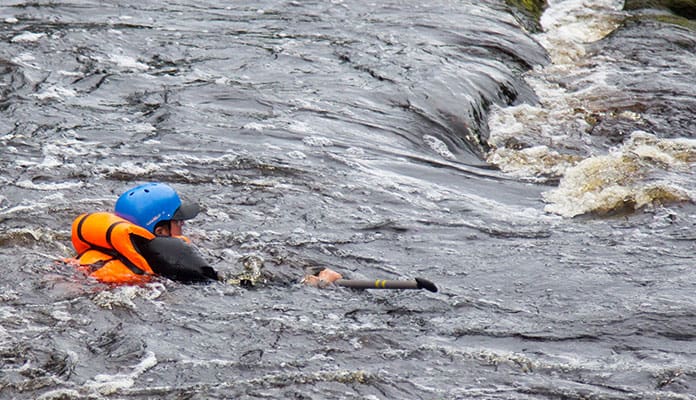
Another critical white water equipment for safety is a personal floatation device (PFD). When choosing a PFD, you’ll want to get something that is made specifically for whitewater kayaking. Avoid those designed for fishing or rafting because they have certain features that may limit your range of motion.
The best white kayaking PFDs fit perfectly around your chest and are somehow short. This is normal and necessary so the spray skirt won’t push them up when you sit in the kayak.
6. Invest In A Spray Skirt
A spray skirt will keep the water from flooding the inside of your vessel. You may not need a spray skirt when paddling in flat water, but when you are kayaking in rivers with turbulent waters, this gear is a definite must.
Kayak spray skirts are usually made from a variety of materials, but whitewater kayaking spray skirts are strictly made from neoprene. This tight-fitting material does not only keep the water out; it also provides a bit of insulation to keep you warm while paddling.
7. Dress For The Occasion
There is no way you won’t get wet when whitewater kayaking, which is why it is recommended that you wear the right clothing. A wetsuit, for instance, is a great white water clothing piece; well, it won’t keep you completely dry, but at least you’ll stay warm.
Another whitewater apparel you don’t want to leave behind is water shoes. Get a lightweight pair that drains easily when submerged in water. If you are kayaking in cold weather, you may need a pair of gloves too to keep your hands from going numb.
Globo Surf Overview
If you are looking for an adrenaline-rushing water sport that is both exciting and rewarding, then white water kayaking is something you should consider trying. Aside from being fun, it will also help you enhance your kayaking skills. Just make sure to take the necessary classes, invest in the right gear, and wear appropriate whitewater clothing; it is the only way to guarantee a safe and comfortable first time.
More Kayak Accessories Guides:
- How to Strap a Kayak to a Roof Rack – Easy 5 Step Guide!
- How to Transport And Tie A Kayak Without A Roof Rack
- How to Store a Kayak: Simple Solutions and Quick Tips
- How To Add A Skeg To A Kayak?
- How To Use A Kayak Throw Rope
- A Guide To Kayak Bulkheads
- 11 Steps How to Paint a Kayak & Add Decals
- Kayak Outriggers DIY Guide
- Do You Need Kayak Paddle Drip Rings?
- Ideas For Kayak Modifications And Upgrades
- Kayaking Checklist: Most Important Kayaking Essentials


